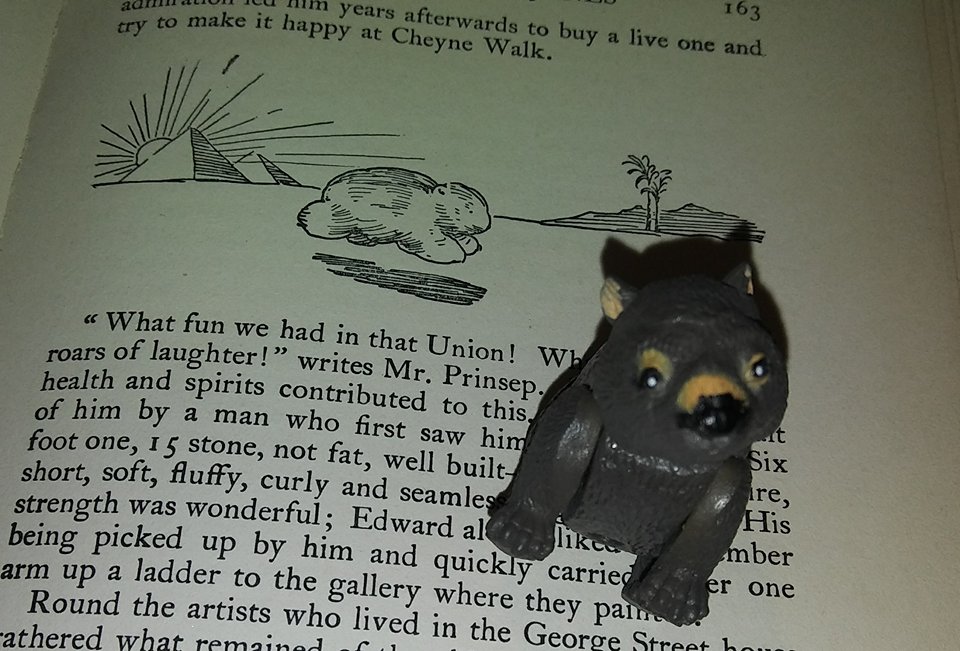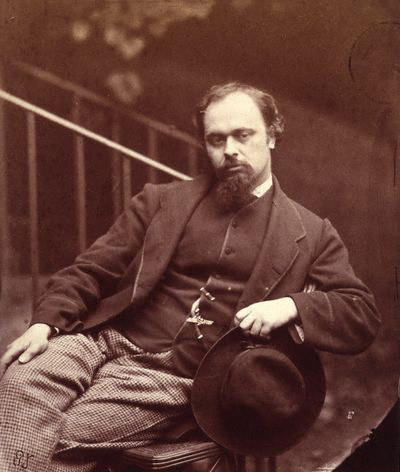
“Rossetti was the planet around which we revolved, we copied his way of speaking. All beautiful women were “stunners” with us. Wombats were the most beautiful of God’s creatures.”
–artist Valentine Cameron Prinsep
Wombat Friday began in 2013 when, in a moment of frivolity, I posted several pictures of wombats with cake and books in a spur-of-the-moment celebration of the upcoming weekend. From that, a silly conversation began on Twitter and my friend Madeleine Pearce (@nouveaudigital) tweeted the hashtag #wombatfriday.
Thus, #WombatFriday was born.
Since then, I’ve posted years’ worth of weekly wombatty hijinks.
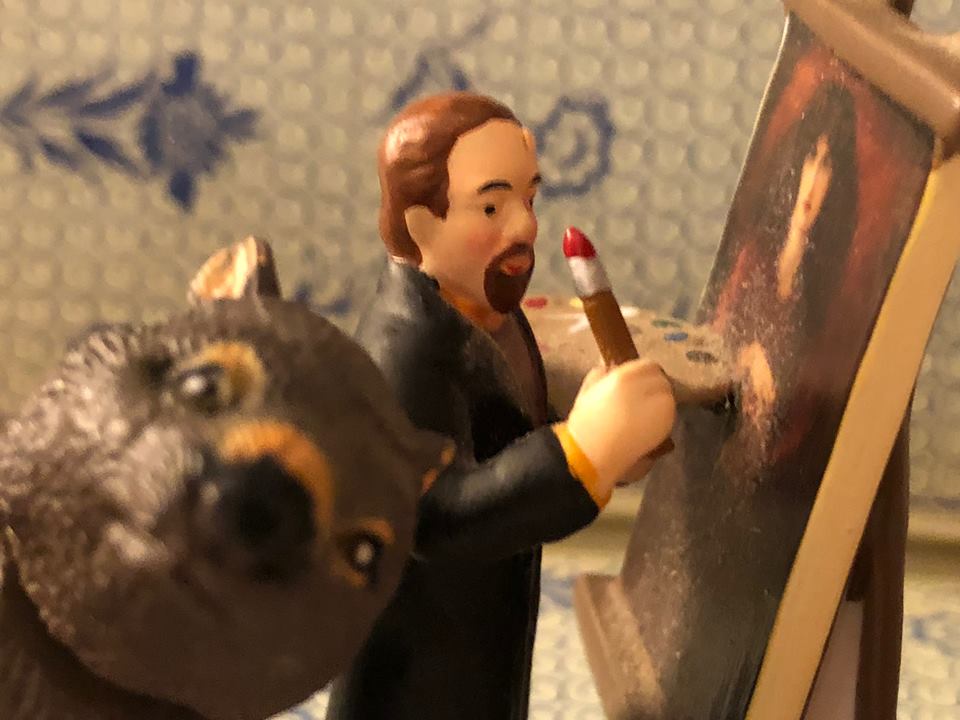
Since the mischief began, museums, libraries, several William Morris societies, authors, and Pre-Raphaelite enthusiasts from all over the world have all sporadically joined in on the antics.
Why wombats?
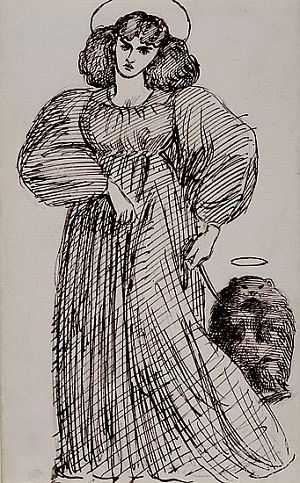
Wombats were of particular interest to Pre-Raphaelite artist Dante Gabriel Rossetti. He had a passion for and famously collected all manner of creatures, much to the chagrin of his neighbors. Wombats held a special place in his heart.
Over time, Rossetti would own two wombats. When he acquired the first, he wrote to his brother that wombats were ‘a Joy, a Triumph, a Delight, a Madness’, a phrase I frequently quote on this site and social media.
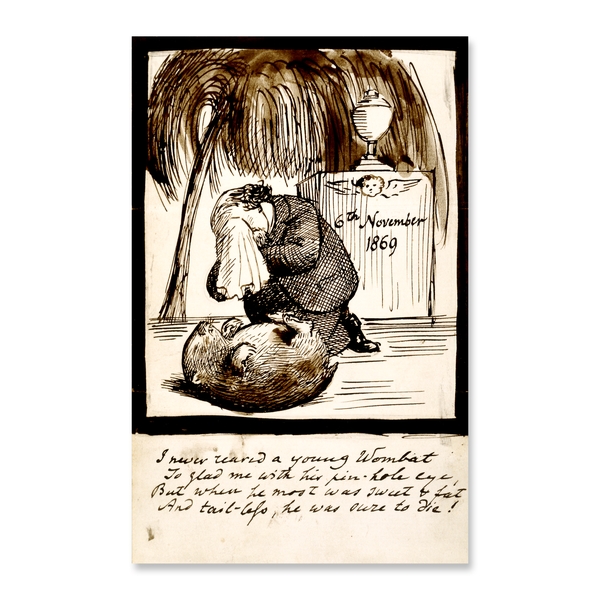
On the death of his second wombat in 1869, he drew a caricature of himself mourning the little fellow, along with this inscription (a parody of a nonsensical verse by Edward Lear):
“I never reared a young Wombat
To glad me with his pin-hole eye,
But when he most was sweet & fat
And tail-less, he was sure to die.”
#WombatFriday has had its impassioned detractors and defenders, but I find that this playful pastime provides a bridge for people to reach out and talk about art in a way that’s not stuffy or intimidating.
For me, wombats represent the silly, softer side of an artist that has captivated me for most of my adult life. Frivolously celebrating wombats is worth withstanding any high-minded criticism. It’s a wonderful way to build connections – that’s the part I love most.
And that remains my ultimate goal, to spread beauty and joy. Wombats help me do that.
